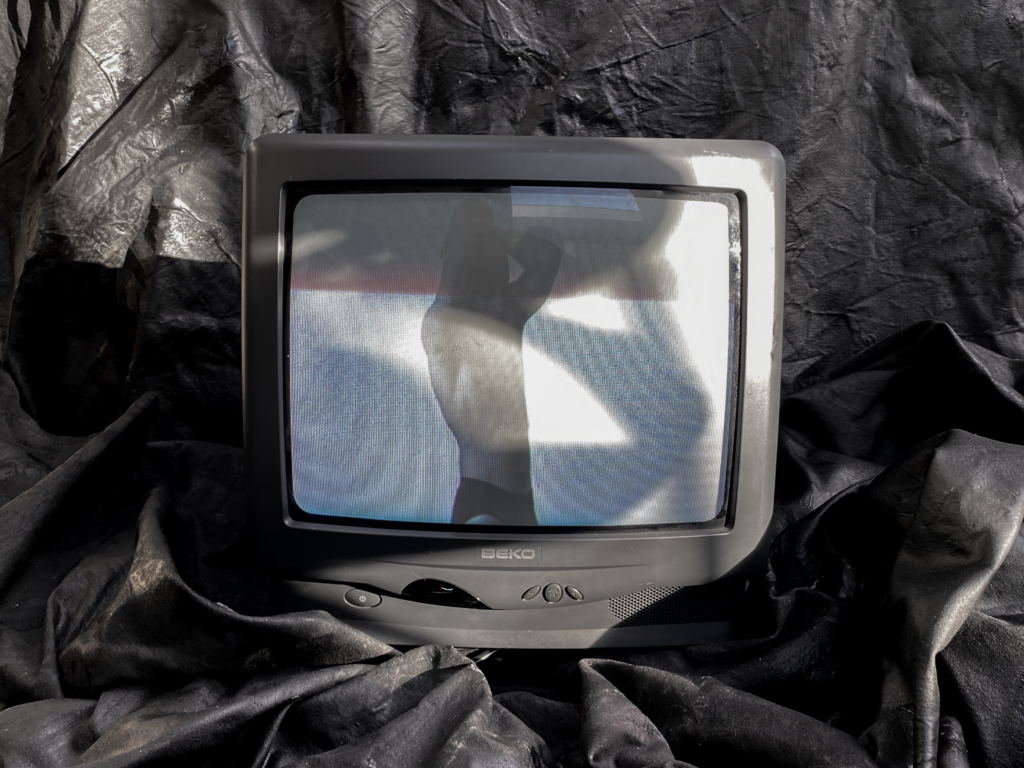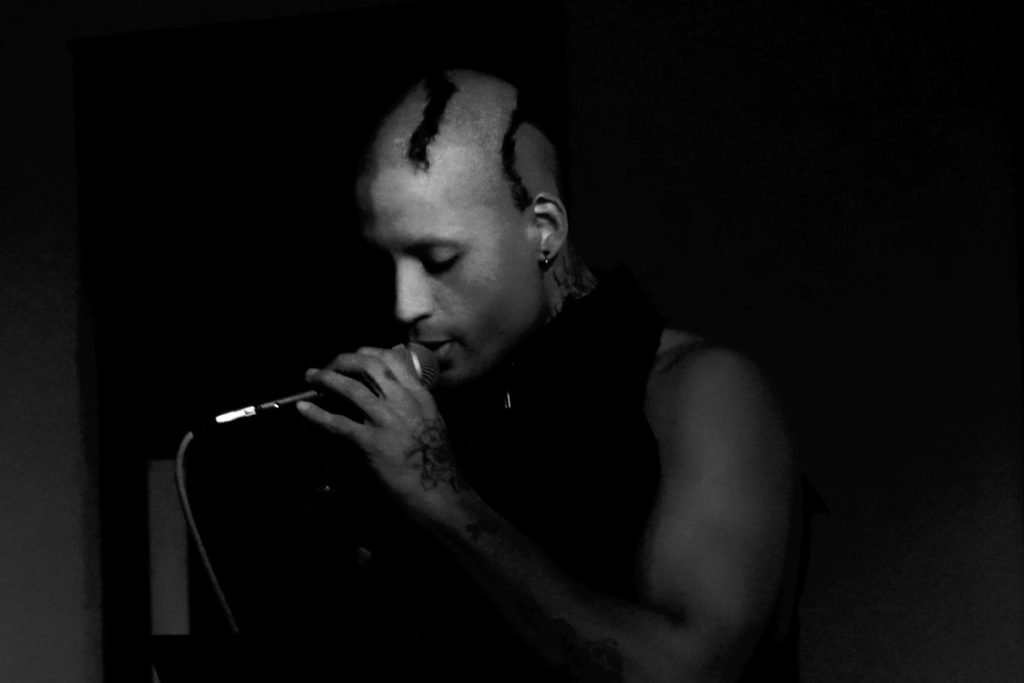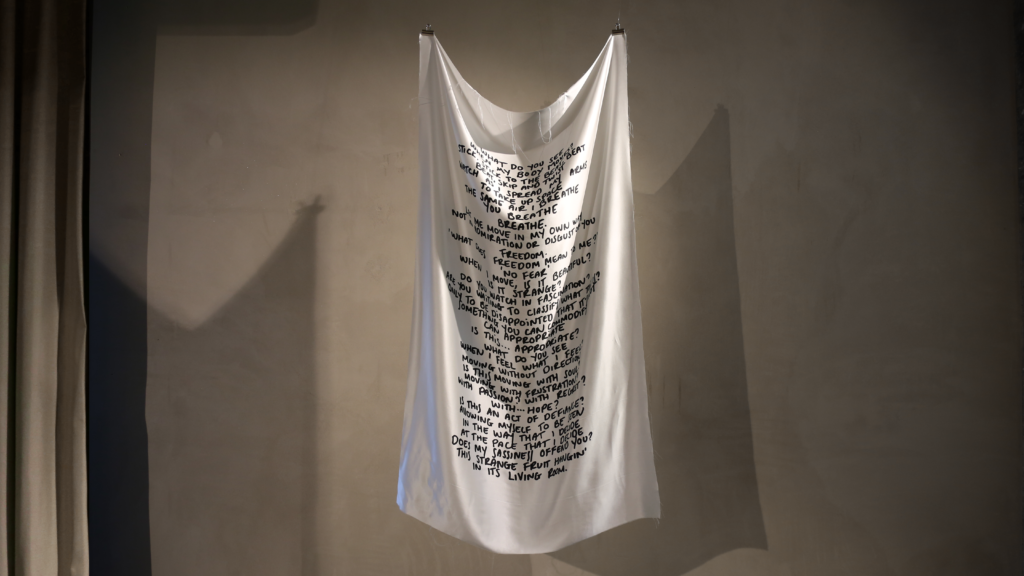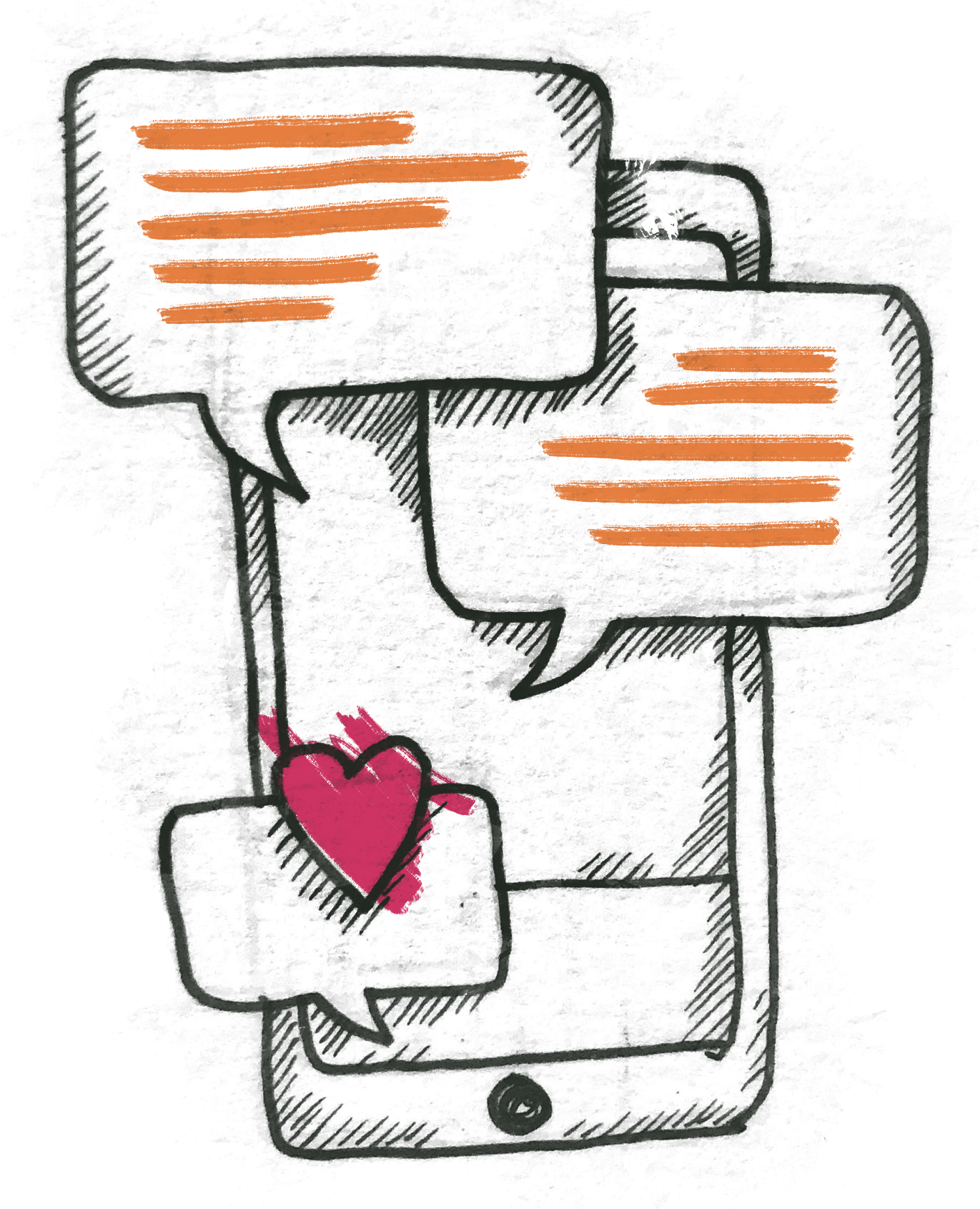
What do you see, when I feel what I feel
In the embryonic years of his career, the now celebrated artist Kerry James Marshall was offered this by the pioneering creative Charles W. White:
“Whenever you make work, it ought to be about something and it ought to be about something that matters.’
Navigating life through a prism of systems and survival can feel suffocating.
The embedded trauma of sexual assault, the myth of white supremacy, grind culture, social class systems, oppression and racism can become debilitating.
So, finding space to breathe deeply, dream and create is central to Josh’s commitment to survival and healing:
My art is a reaction to me feeling trapped inside life experiences that are prescribed externally.
For me, for any artist it’s impossible to detach their life experience from what they are creating.
My work is performance, painting and installation – these diverse mediums have the ability to take ideas and emotions into different directions.

One of the first performances I made when I was studying my Masters at the Royal College of Art was called ‘What do you see, when I feel how I feel’
It was a direct relation to the Black Lives Matter protests and the heated conversations around race; but it was also about my body – my sexualized body.
It was about being a Black, queer non-binary person who moves in specific ways and presents themselves in different ways.
I was offering this dialogue of me being in control of my image, yet at the same time, having no control or ownership over it, or the way I am seen.
The performance became an infusion of this visual of my body moving with questions to the audience.
What do you see?
Is this appropriate?
Is this sexy?
Am I free?
Am I not?
What’s going on?
Often in my work, things are intentionally unsettling or disturbing. If I’m talking about something that makes me feel uncomfortable, I want you to feel uncomfortable too. I want to share this experience, because actually, it’s not just me.

A recent performance was intentionally jarring, but at the same time, the overall aesthetic, the overall tone was quite meditative; it was urgent and intense because it flooded everything out, but that saturation creates space for calm.
Even though I am trying to disturb and create uncomfortable situations and scenarios, I feel like I am offering it in a gentle way, even though what I am offering is quite spikey. The idea that if you hold this too tight you could hurt yourself.
I’m saying this happened, but that’s not the only thing that exists, that’s not all that happened.
Sometimes it feels like the bad stuff is everything. It’s this sense of overwhelm that often kickstarts my projects. I can’t not think about something, I can’t not reflect on it. It matters.
My art creates a way for me to navigate these difficult scenarios in life. While inviting others to have an emotional involvement with me as an artist.
Sometimes I try to make things deliberately ugly; and the result will be ugly for me, mainly because of the process and the connotations, but others will say, you’ve actually made something really beautiful.
This creative dichotomy leaves a question around empathy and compassion lingering in the art:
How closely do you have to look to see the pain that is there?

—–
About Josh Woolford

Born and raised in the South of England and of mixed Waitukubuli* – British heritage with African roots, Josh Woolford has been actively seeking community and understanding of the world(s) around them from a young age.
Having graduated Cum Laude from the Design Academy Eindhoven (Media and Culture, 2016), and with an MA from the Royal College of Art (Contemporary Art Practice, 2022), their practice has grown to include digital and print-media, sculpture, sound, installation, painting and performance.
“Calling out and addressing experiences of violence, aggression and misalignment is central to my work, often starting from cultural research, literature or a personal experience (being of the queer Black Afro-Caribbean diaspora and living in Europe). States of reflection, transition and action are instrumental in disrupting existing narratives and enable me to process my sociopolitical context through and within my practice.”
Woolford’s work largely explores and critiques shared experiences of contemporary (sub) culture(s). Identity, belonging and freedom are concepts which heavily inspire the outcomes of their work, ultimately leading them to uncover and address opposing themes of rejection, detachment and disorientation.
Woolford’s articulation process acts as a conversation; sometimes between them and themself, but mostly between the many versions of their portrayed selves and the people who surround them. Coming to terms with their queer diasporic identity and what it means to be in a place that they’re not really from, and from a place they are not really in.
* Waitukubuli is more commonly known as Dominica and was labelled so by Spanish colonists
Follow Josh
Website: http://www.joshwoolford.co.uk
Instagram: @jshwlfrd | @llyyvvdd
Upcoming performances:
Friday 24th February, V&A, Feeling Through Others, HOME x V&A Friday Late
Saturday 18th March, Somerset House – The Voices of a Tempest, curated by A—Z






